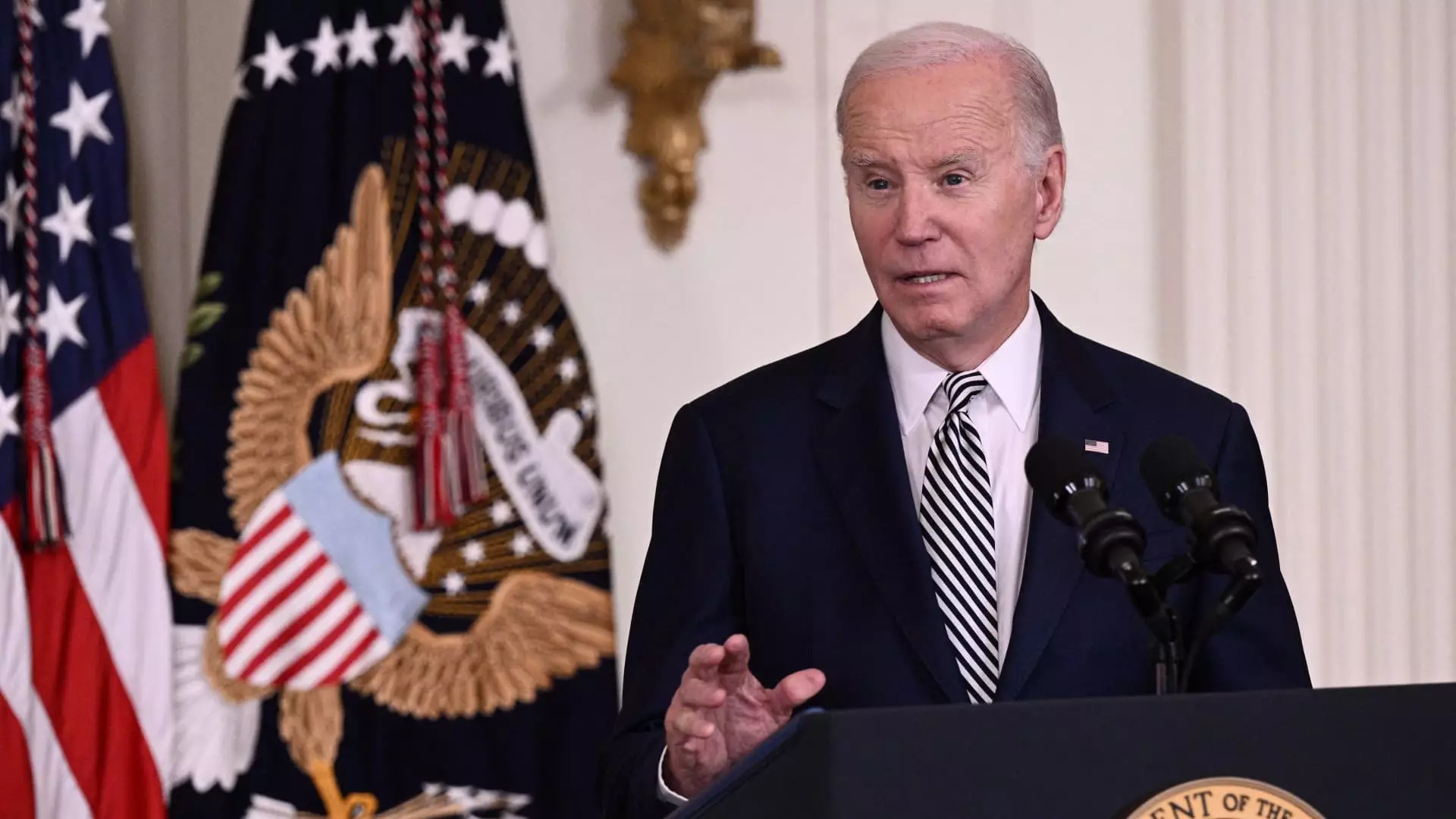The landscape of global technology is shifting rapidly, and the U.S. government is stepping in to revise its policies concerning the export of advanced artificial intelligence (AI) technologies. This new wave of regulation, recently outlined under the outgoing Biden administration, casts a wide net, extending beyond previous restrictions targeting just one nation. It encapsulates a broader strategy aimed at preserving technological supremacy and safeguarding national security.
The newly proposed regulations introduce a framework for exporting AI chips that aligns closely with U.S. geopolitical interests, categorizing countries into tiered levels based on their alignment with U.S. policies. The overarching goal here is clear: to limit the flow of critical technology to nations perceived as threats, particularly China, which remains central to American concerns about national security and military advancement. The regulations promise to impose export limits on advanced graphics processing units (GPUs), essential for AI training, while simultaneously allowing unfettered access to the same technology for allies such as the United Kingdom, Japan, and South Korea.
U.S. Commerce Secretary Gina Raimondo has made it abundantly clear that safeguarding the U.S. position as a leader in AI is paramount. This declaration reflects a nationwide sentiment among policymakers—seeing control over AI technology not simply as an economic consideration, but as an indelible part of national defense strategy.
By delineating the world into exempt countries, those subject to caps, and nations entirely barred from receiving technology (i.e., China and Russia), the U.S. government is effectively engineering a new global technological order. The regulations target over 120 countries that depend on U.S. AI chips but will now face limitations on access, compelling many to either rethink their technological strategies or substitute with alternatives.
However, this strategy could have unintended consequences. Countries that are restricted may invest more in domestic technologies to circumvent U.S. control, thereby fostering a competitive technological ecosystem that could challenge U.S. interests over the long term. A notable example is how the restrictions might accelerate China’s efforts to develop self-sufficient AI capabilities, leveraging their substantial investment in technology R&D.
The response from the tech industry has been mixed. Major players like Nvidia have criticized the regulations as “sweeping overreach,” arguing that they unduly restrict trade associated with technologies that are already widely accessible in commercial markets. Such a stance raises questions about the viability of competitive practices and innovation within the industry itself. Critics argue that imposing stringent regulations could paradoxically weaken U.S. dominance in AI by limiting the breadth of innovation that thrives in an open market environment.
Moreover, as some U.S. firms, such as Oracle, opine, the move might inadvertently benefit Chinese competitors by ceding control of AI and GPU markets on a global scale. This reinforces the necessity for a balanced approach that encourages innovation while also prioritizing national security—a delicate tightrope the administration must walk.
Despite the intricate web of restrictions laid out in these new regulations, the administration must remain cognizant of the rapidly evolving nature of AI technology. AI’s future is rife with promise—offering advancements in healthcare, education, and other pivotal sectors. Yet, it also raises alarms regarding ethical concerns, cybersecurity threats, and misuse in surveillance and warfare.
As articulated by National Security Adviser Jake Sullivan, a proactive approach is essential for preparing to manage the transformative economic and social impacts that AI might usher in. Understanding the dual-use nature of AI technologies—beneficial and detrimental—will shape future policy decisions.
The effectiveness of this regulatory framework will depend heavily on its implementation and enforcement by incoming administrations. With the upcoming shift in leadership, there is potential for divergence in prioritizing either hardline restrictions or fostering greater international cooperation on AI technology.
As the U.S. recalibrates its stance on AI chip exports with new regulations, the implications stretch far beyond its borders, reshaping not only the global technological landscape but also altering the dynamics of international relations in the digital age.

